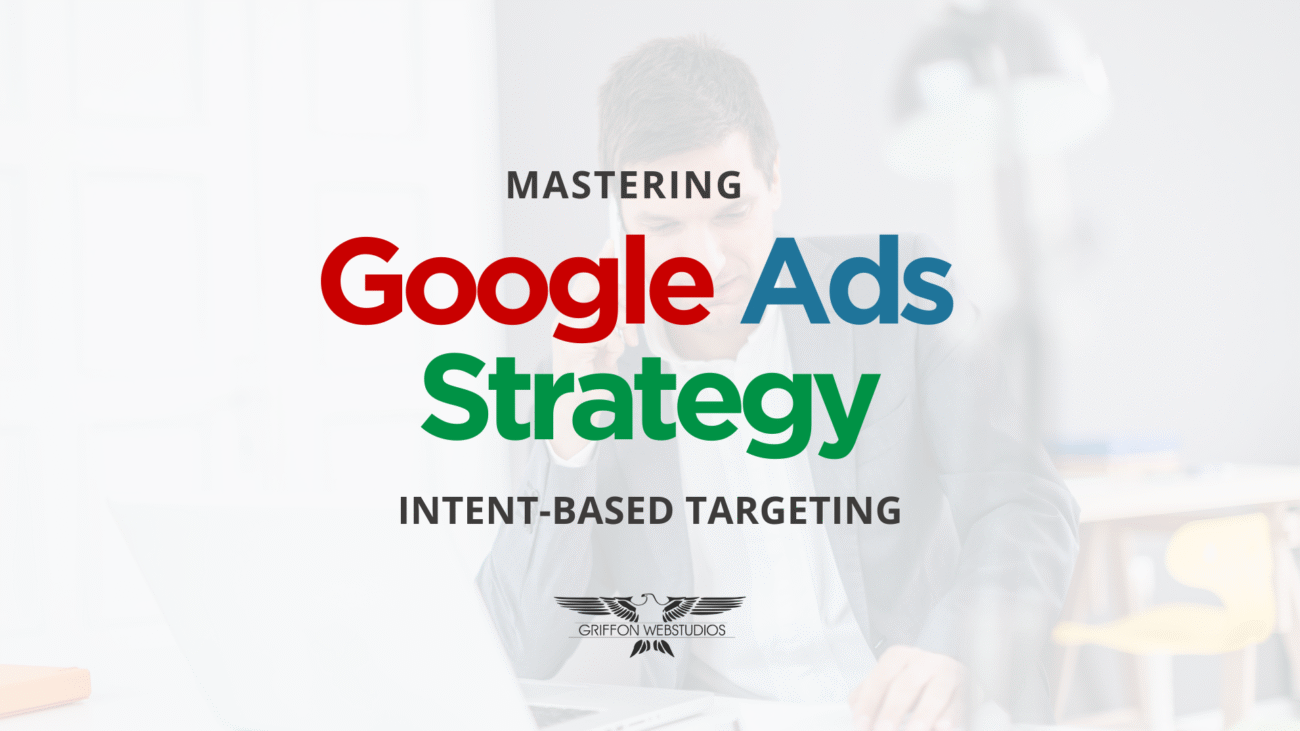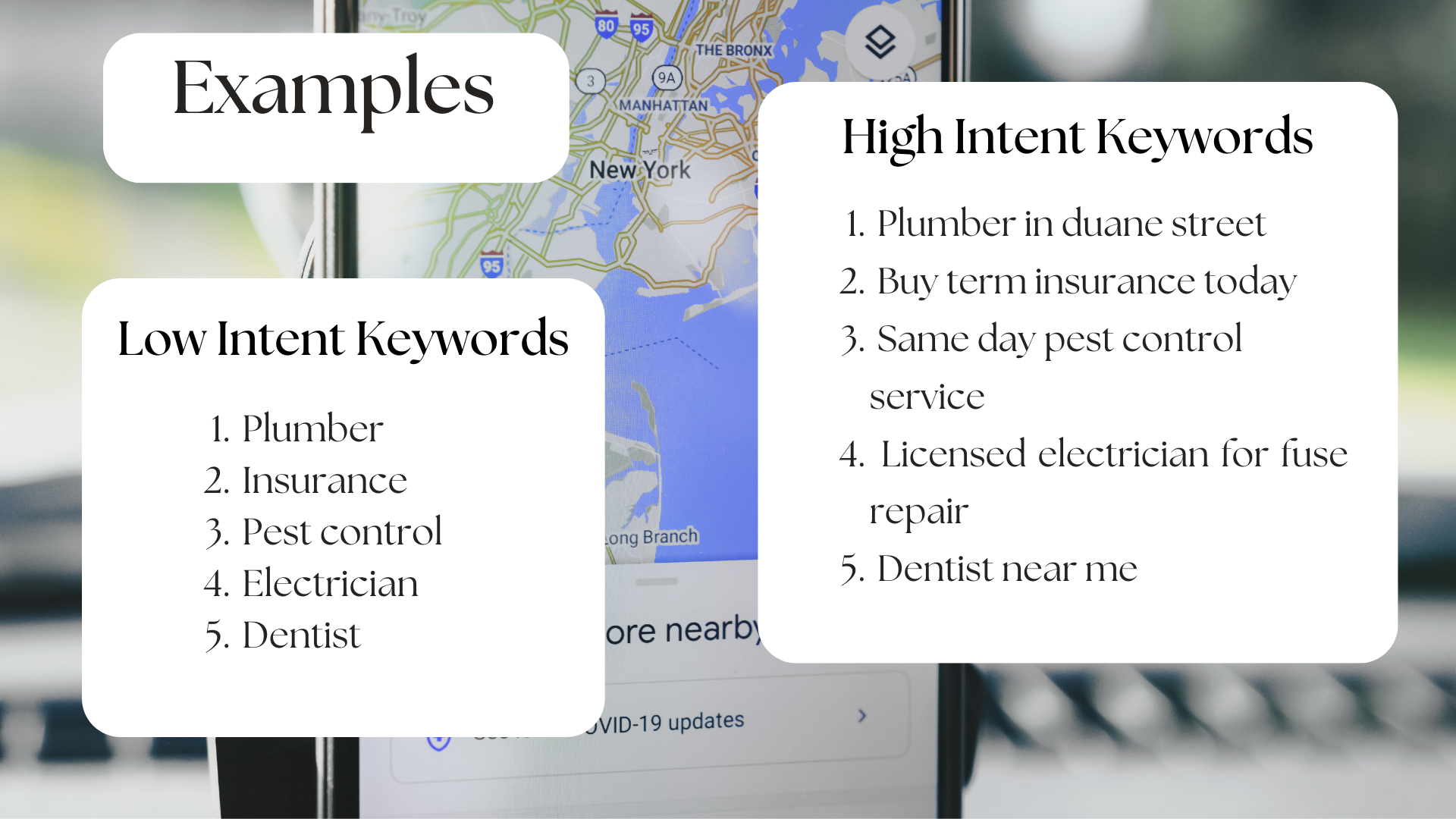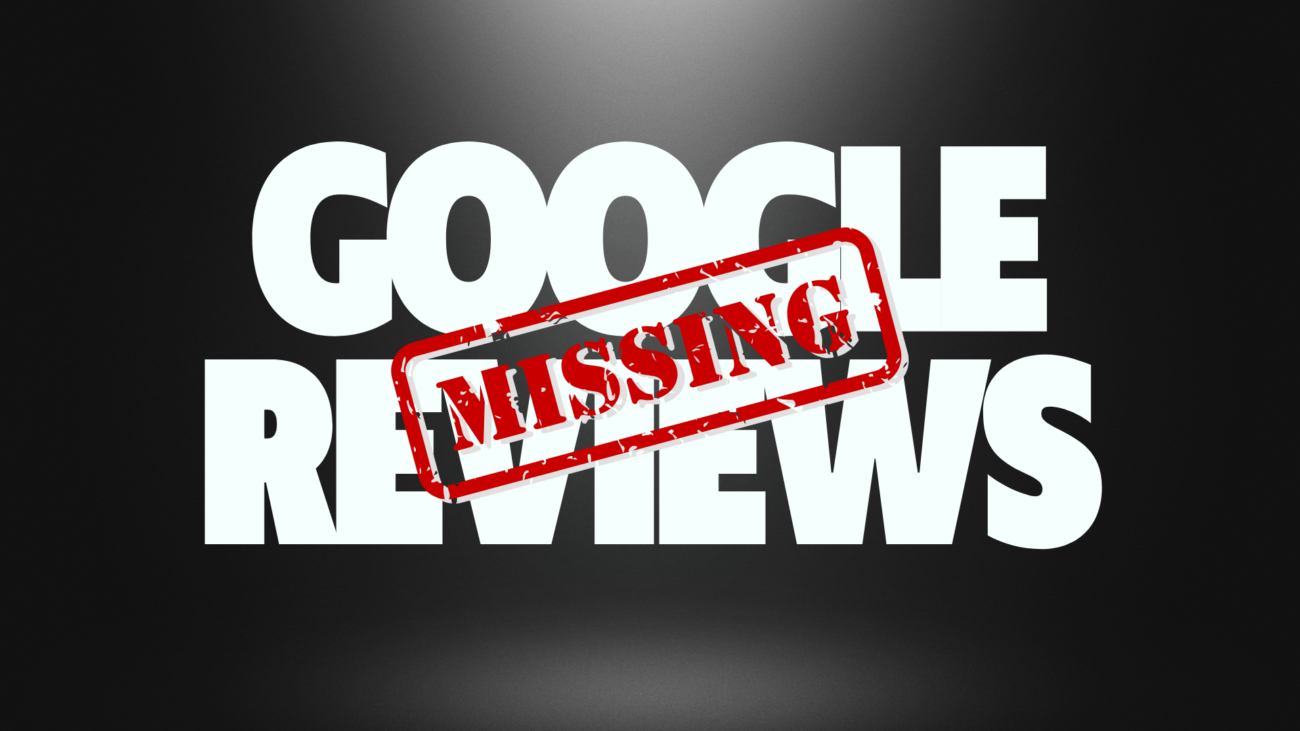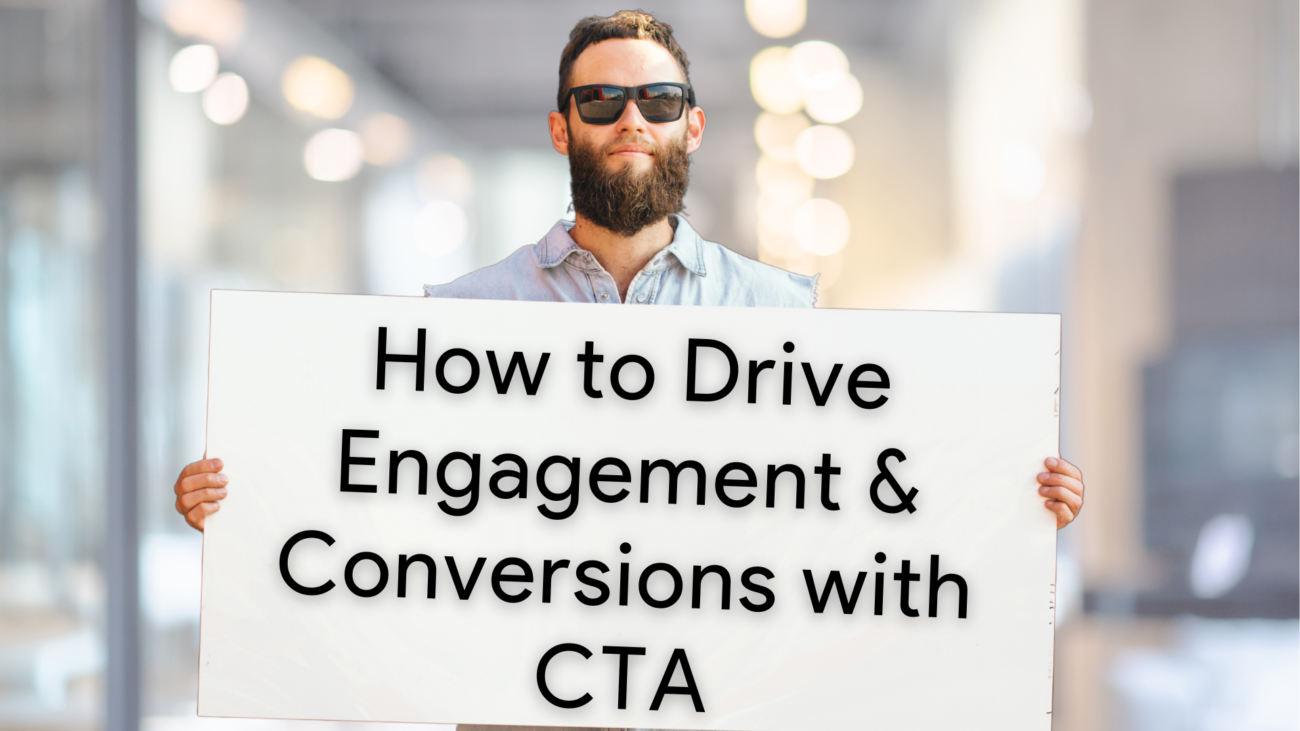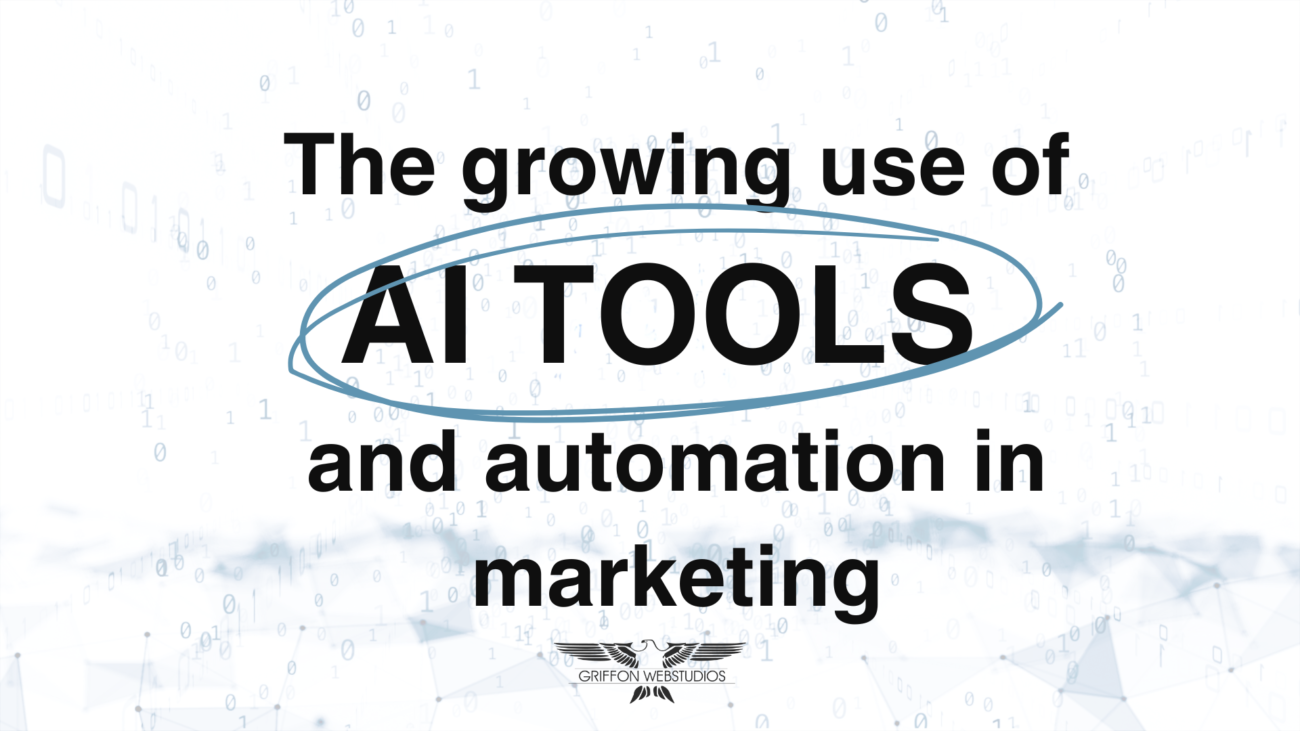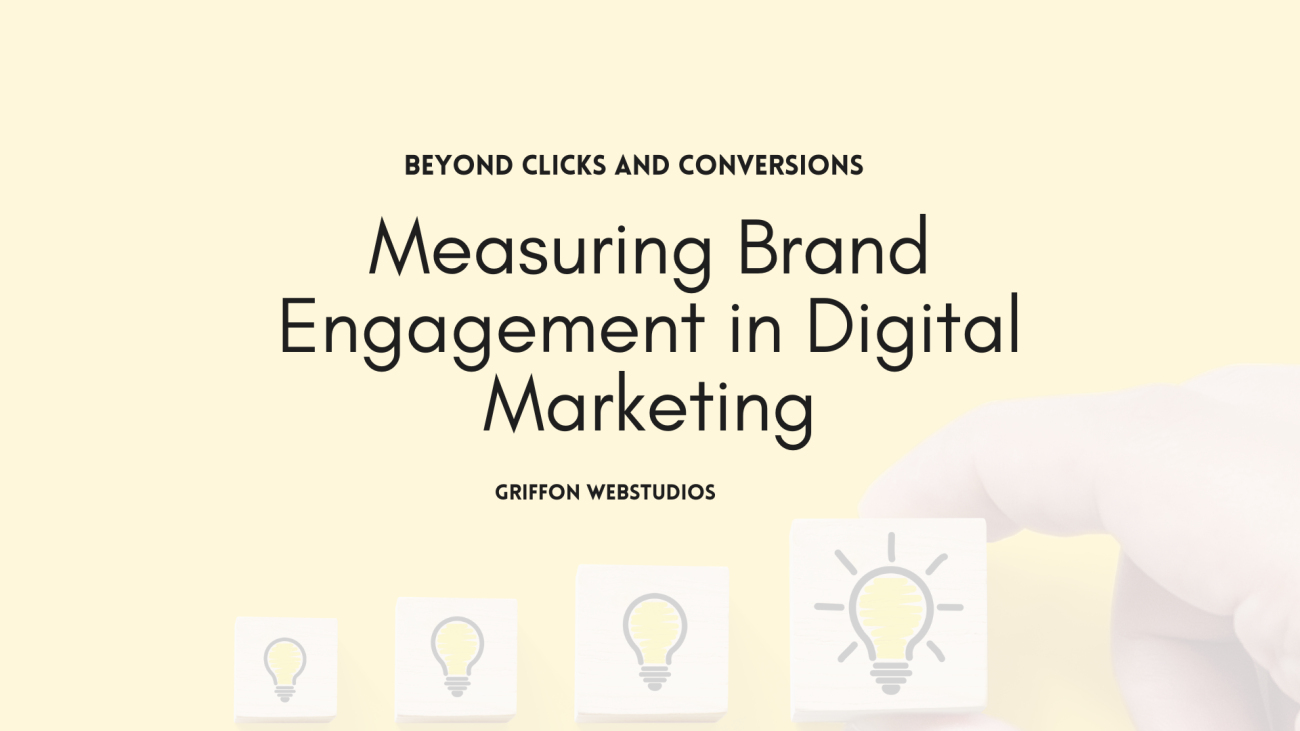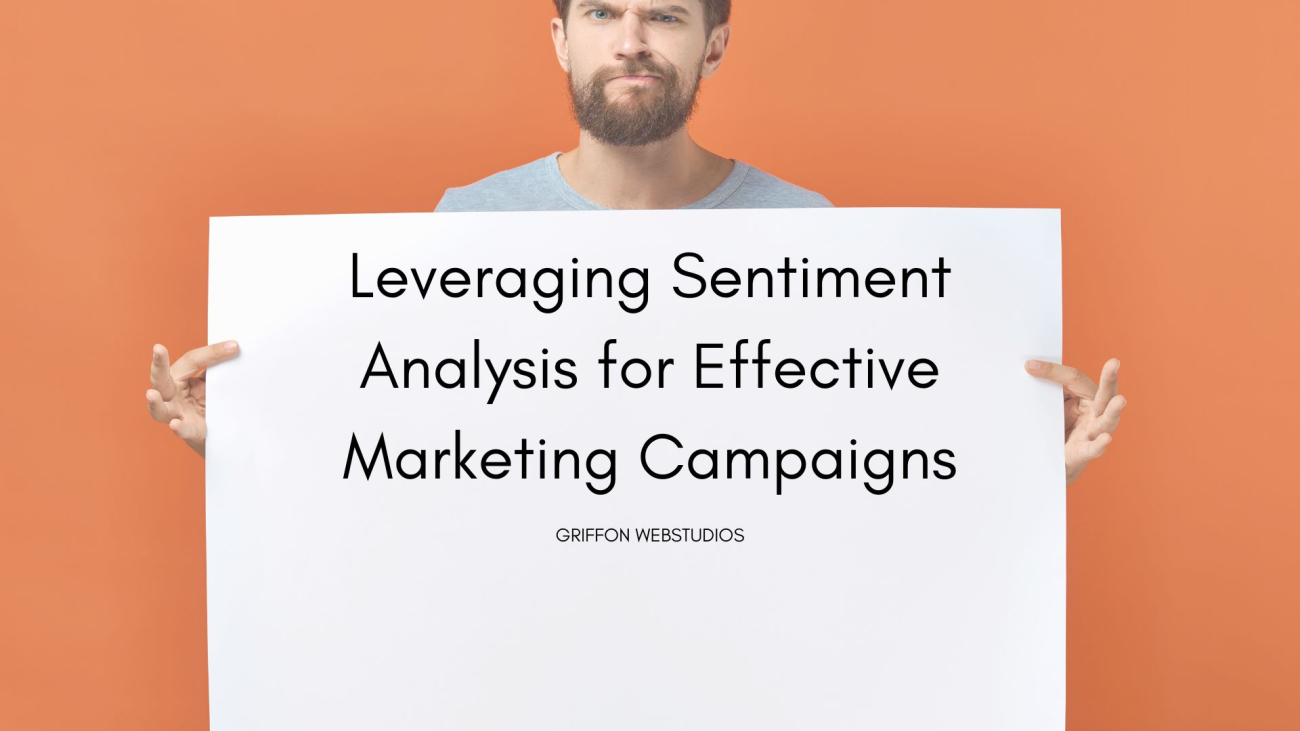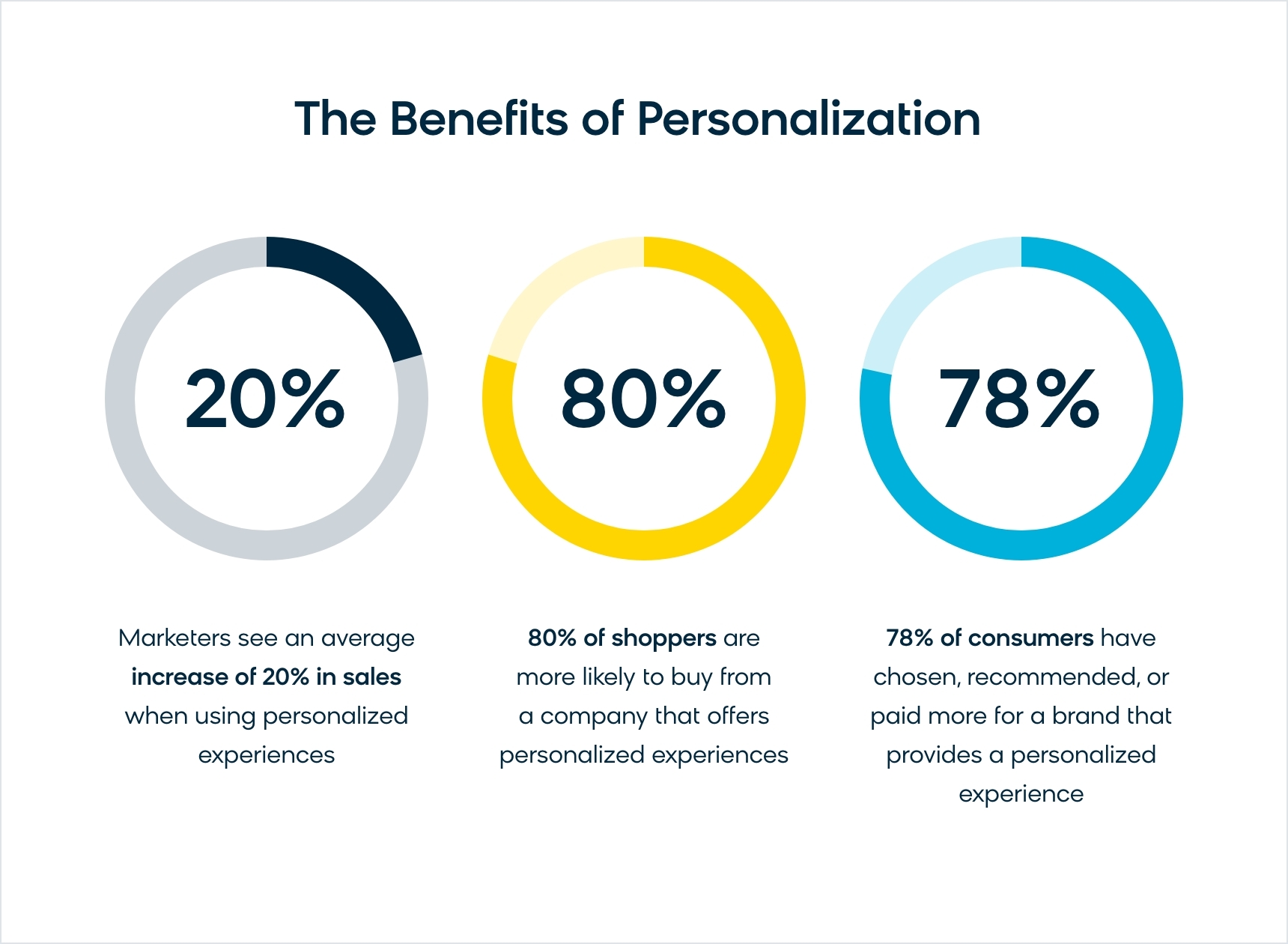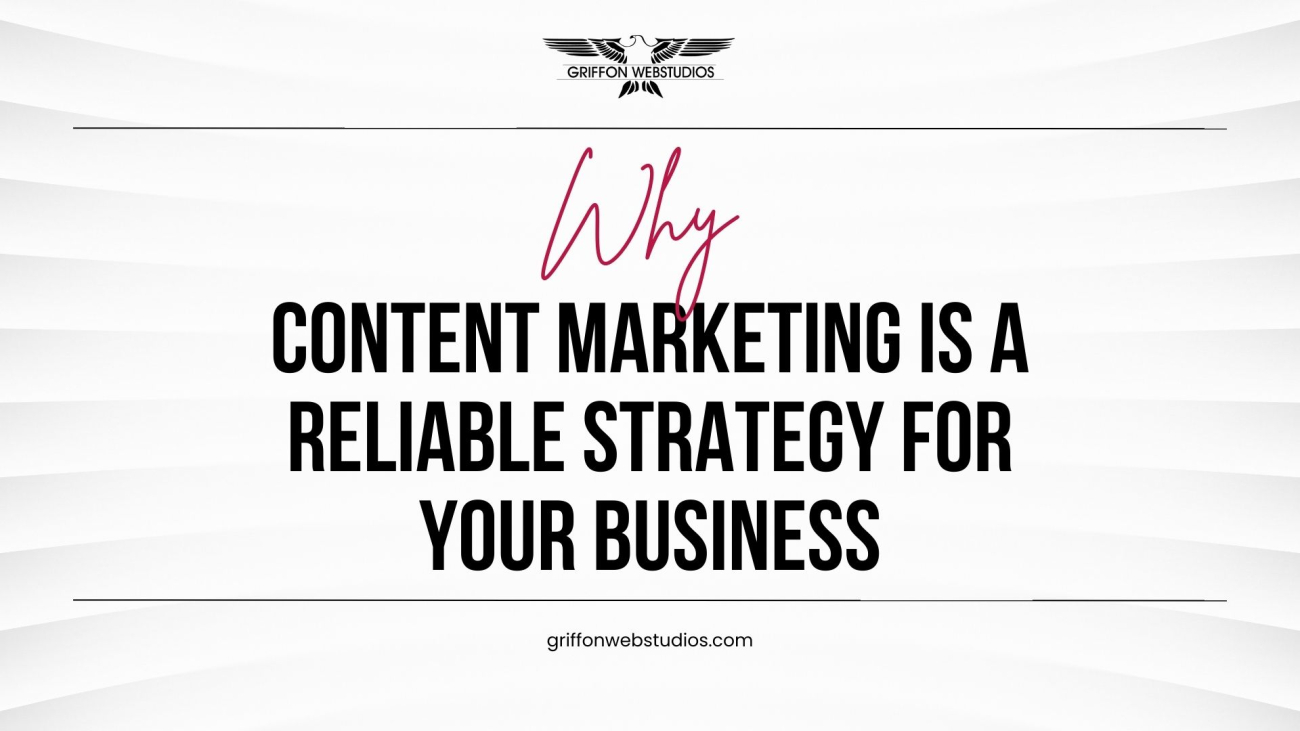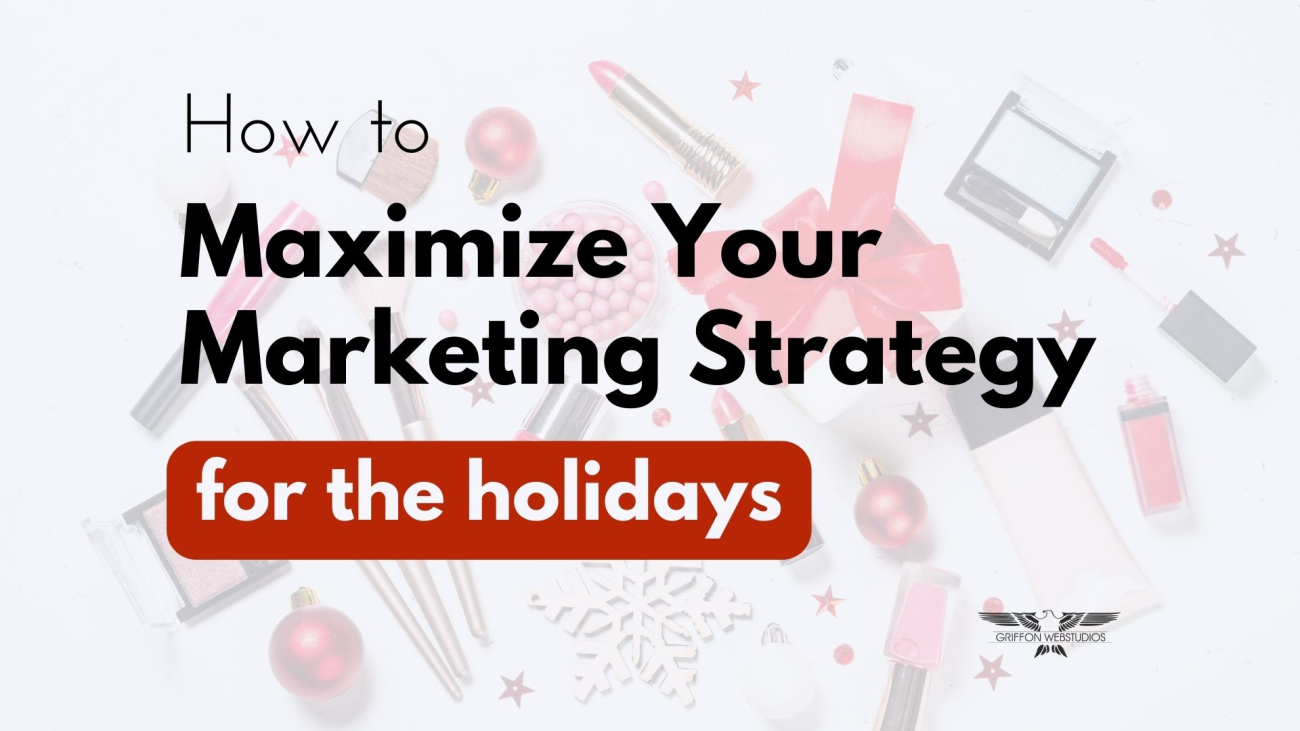The modern digital market operates as an intense competition where every single click produces value but phone calls generate even higher worth. Most businesses utilize the same search traffic patterns but the actual competitive advantage emerges from mastering intent-based targeting through Google Call Ads.
Running Google Ads without call ads (formerly call-only ads) results in lost money and unconverted leads especially if you use them improperly. The guide provides instructions for creating a successful Google Ads conversion-focused strategy by integrating call ads and other advanced high-intent targeting methods.
The importance of Google Call Ads
Call Ads display exclusively to devices with phone capabilities which primarily includes mobile devices. These ads direct customers straight to your business through an immediate phone connection instead of routing them to a webpage. Service-based businesses should note that phone conversions are typically higher than form submissions because customers tend to prefer discussing business needs verbally.
Service-based businesses that focus on form submissions instead of phone calls during optimization process are actually delaying conversions instead of optimizing for them.
The success of Google Call Ads can be understood through the following factors.
Here’s why Call Ads, when used right, are gold:
-
- Speed: No web pages. No load time. Just a direct call.
- Intent: A person who wants to make a call demonstrates greater commitment than someone who is only browsing casually.
- Mobile-first: More than sixty percent of users access search engines through mobile devices. Call ads match the mobile environment.
How to develop an approach which includes Call Ads and other channels to maximize your Google Ads funnel?
Step 1: Develop campaigns which target specific intent-driven search terms
Avoid basic keywords such as “plumber” and “locksmith”. The cost is expensive and the terms are unclear. Instead, go intent-first. Long-tail keywords demonstrate commercial intensity. Your winning combination should be call-ads with these keywords.
Pro Tip: Terms such as “near me,” “open now,” “same day,” “call now,” “book over phone,” and others help signal that the buyer is prepared to make a purchase.
Step 2: Schedule ads for specific times of day
A rookie mistake- Running call ads 24/7 when no one’s there to answer the phone.
Your ads should appear only within your operational hours or agent availability period. Using an extended hour schedule with a 24/7 answering service and chatbot-enabled call centers would give you a substantial competitive advantage.
Advanced Hack: Utilize call tracking tools such as CallRail or WhatConverts to determine which periods produce the highest conversion rates and then expand marketing efforts into those time slots.
Step 3: Align Ad Copy with User Anxiety
The available space in call ads requires every word to create a sense of trust and action while calming user anxiety. Users in service-based industries such as interior design tend to hesitate because they worry about pricing and want to know if the designer understands their style and has credibility.
Your ad copy should tackle these anxieties head-on.
The headline of this New York-based interior designer reads “Award-Winning NYC Interior Designer”
The description includes a free 15-minute design consultation. Luxury Spaces, Modern Style. The consultation line is open for immediate calls.
This message immediately:
-
- Establishes authority (“Award-Winning”)
- Offers value with no risk (“Free 15-Min Design Call”)
- Sets expectations on style and niche (“Luxury Spaces, Modern Style”)
Pro Tip: The addition of design specialties through ad extensions (e.g. “Loft Conversions,” “Studio Apartments,” “Office Interiors”) helps establish trust through mentions of “As Seen in Architectural Digest” and increases local appeal through location extensions.
Step 4: Use Call-Only Ads in a Hybrid Funnel
Call ads reach their peak effectiveness when combined with campaigns that direct users to landing pages.
Here’s a battle-tested structure:
-
- Call Ads for High-Intent Users (who are ready to call)
- Search Ads with Landing Pages for medium-intent users (need more info
- Remarketing Display/YouTube Ads for low-intent users (drive them down the funnel)
Example for an HVAC Business:
-
- “AC repair near me” → Call Ad
- “How much does AC repair cost” → Search Ad → Informational Page + Lead Form
- “Ways to keep AC from breaking” → YouTube Ad with Tips + CTA to Schedule a Call
Smart Move: By feeding call ad data into lookalike and remarketing audiences, you’ll get high-performance targeting across the board.
Step 5: Track and Optimize Ruthlessly
Key Metrics to Track:
-
- Call Duration: 60 seconds+ usually means a quality lead.
- Call Status: Did the call go unanswered? That’s wasted spend.
- Keyword-Level Call Conversions: Remove keywords that result in calls under 30 seconds or have low intent.
Tools to Use:
-
- Google Ads Call Reporting (enables call conversions and duration tracking)
- CallRail / Twilio (for deep call attribution and recordings)
- Google Analytics 4 + Google Tag Manager (track cross-channel behavior)
Optimization Insight: If you’re getting 100 calls a week from your ads but only 20 of those lead to actual sales conversations, your front-desk team might be your biggest conversion leak.
Step 6: Go Local — But Think Beyond the Obvious
Geo-targeting is your secret weapon. Don’t just run ads in your city. Run ads in ZIP codes with high-income demographics or where you’ve previously gotten quality leads.
Aggressive Tactic: As a lawyer in Florida, you should run call ads in surrounding counties/cities that have less competition but still need legal help. Then show “We serve the Florida Metro Area” in the copy.
Step 7: Bid Like You Mean It
Set your bid strategy to maximize conversion value or use Target ROAS if you have data.
For call ads specifically, use Manual CPC with Enhanced Bidding — this gives you more control in the early stages. Once you’ve reached 30-50 conversions, switch to Target CPA for better automation.
Power Play: Increase bids for high intent times (e.g., 7AM to 10AM for home services) and decrease bids for low quality times.
Bonus: Test Voicemail Funnel: Not every call will be answered — but every call should have a backup plan. Set up a custom voicemail script with a clear call-to-action.
Example:
“Thanks for calling GW Plumbing. We’re currently helping another customer. Please leave your name, phone number, and ZIP code, and we’ll get back to you in 10 minutes.”
Then… actually do it. Prompt follow-up = closed deal.
The Real Strategy Is in the Details
Google Ads — especially Call Ads — are not “set and forget.” They’re performance-driven channels that require iteration, testing, and hustle.
Don’t be the business pouring thousands into generic campaigns with zero strategy. Be the brand that:
-
- Targets only high-intent keywords
- Matches ad copy to anxiety and urgency
- Schedules with purpose
- Tracks every lead
- And constantly optimizes
End Game: A well-run call ad campaign doesn’t just generate leads — it generates sales conversations. That’s the metric that matters most.
Why Griffon Webstudios?
Our team at Griffon Webstudios develops advertising strategies that generate measurable business growth through ROI engineering. Our certified Google Partners team uses advanced campaign optimization techniques with precise audience targeting and real-time analytics to maximize the impact of every dollar spent on Google Ads for your business.
Our focus is on high-intent traffic through search, display, call-only campaigns which produce leads and sales while delivering maximum return on investment. Our team will convert your advertising funds into a growth acceleration system.

